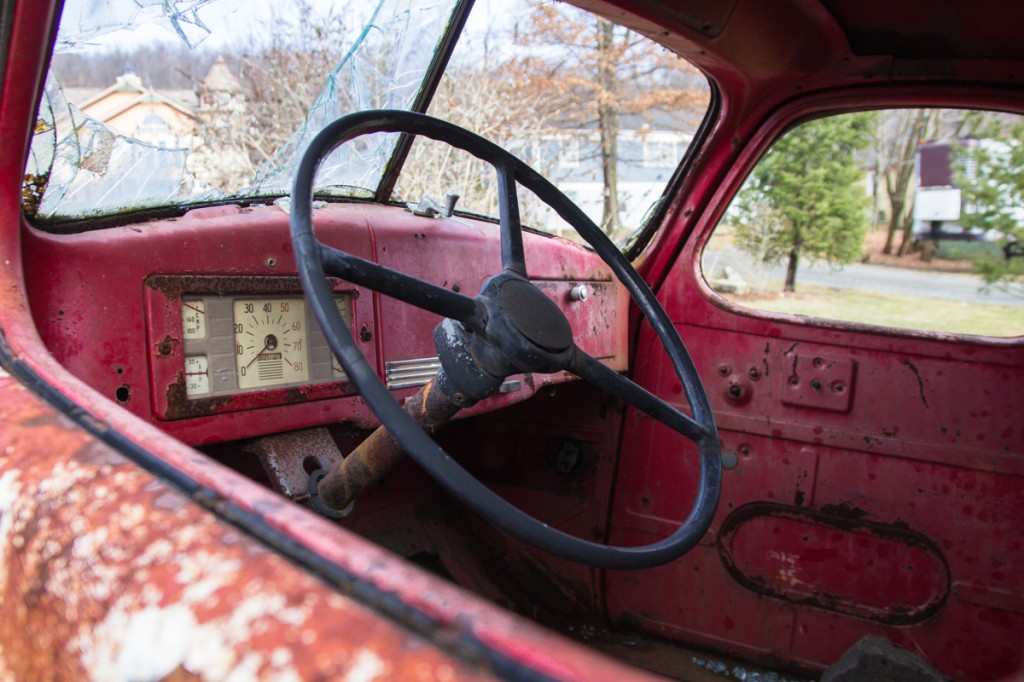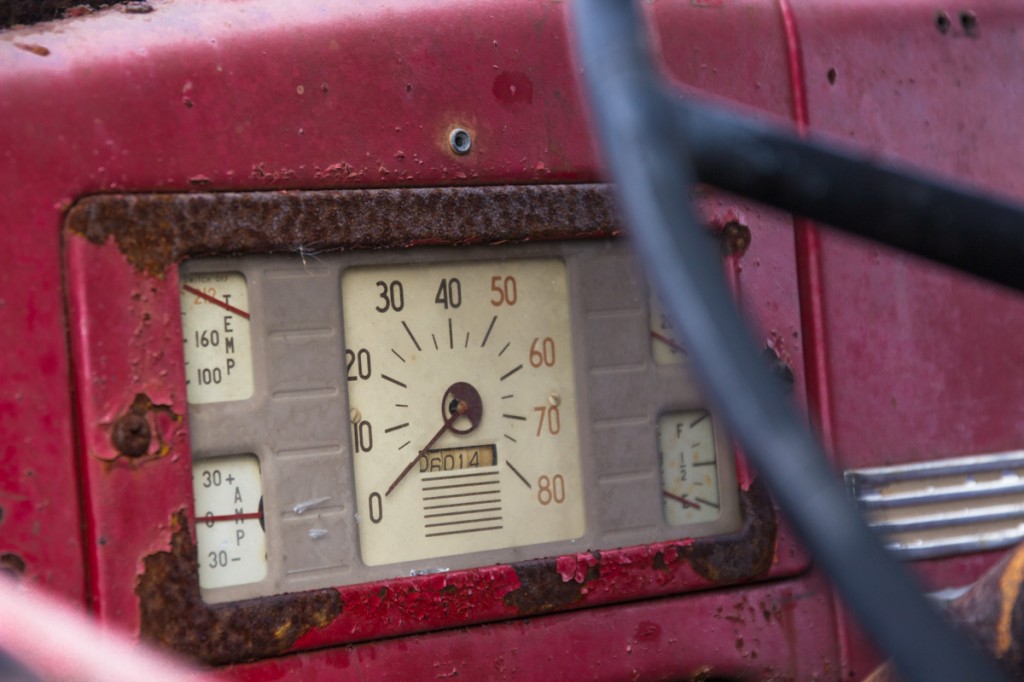First announced at Photokina 2012, The Sigma 17-70mm F2.8-4.0 DC Macro is the first in the Contemporary line of lenses in the Sigma Global Vision to be released.

This fast, compact, variable aperture standard zoom for APS-C DSLRs is going to make a lot of photographers very happy. Even though it covers a very similar focal range as the often-bundled starter lens with many DSLRs, It is a serious step up from the typical kit offering, including true macro capture.
First off, it is faster at all apertures, F2.8 at the widest settings, before stopping down to a maximum of f3.2, then 3.5, then 4.0 as it is zoomed all the way to 70mm. Pair this with Sigma’s Optical Stabilizer for steady shots at slower shutter speeds without a tripod, and it’s a champ for indoor and low light imaging.
The zoom ring is nice and wide, and well-damped. The manual focusing ring offers a nice thin grip zone, with a smooth section between the two rubberized grips for easy distinction between the focus and zoom controls. Of course, as a Contemporary lens, it sports the shiny C above the newly refined Autofocus/Manual focus and OS switches. Another really nice design touch is the engraved lens information and “MADE IN JAPAN” encircling the front lens element.
In the hand, the lens is solidly built, and feels completely at home on an APS-C DSLR such as the Canon EOS Rebel T3i it was paired with for the sample images shared here.


The Autofocus and Optical Stabilizer motors are both very quiet. The photographer may hear some tiny clicks and whirs while both are engaged, but a subject a few feet from the camera won’t hear much at all.

Maximum 1:2.9 magnification is at the fully zoomed 70mm setting, with closest focus just centimeters from the front element. And as the barrel zooms, out, the magnification scale comes into view in front of the focus ring. This does mean that pop-up flash isn’t a good option for macro work. If you want to add flash to super-detailed closeups, you’ll want to use either a shoe mount flash that can tilt downwards, like the Sigma EF-610 strobes, or a macro ringflash, a flash with an off-shoe cord. Optical Stabilizer or a tripod also work, obviously.

On APS-C cameras, the lens translates to about a 26-112mm zoom, which is a great everyday range for wide angle shots without significant perspective distortion, to short telephoto for flattering portraits. For the exact focal length equivalence, multiply your camera’s sensor format (1.5 to 1.7) times the focal lengths.

The faster maximum apertures at all focal lengths will also be appreciated by photographers who grab video clips with their HDSLRs. Faster apertures means more light-gathering power for staying at lower ISOs for indoor available light video capture, with less noise in the shadows.
The petal-type lenshood locks firmly in place to help block stray light when there’s really bright point light sources to be dealt with. And the lenshood also features engraved lettering to let you know it pairs with the 17-70mm F2.8-4.0 lens. This is a really nice touch for any photographer with multiple lenses and lens hoods in a bag!
From start to finish, the Sigma 17-70mm f2.8-4.0 DC Macro Contemporary lens has been designed with a focus on usability and performance. The build quality feels great, and it feels well balanced in the hand both at 17mm and zoomed all the way out to 70mm.
Photographers looking for a top-performing, fast-aperture standard zoom in a compact package are going to love the feel of this lens in the hands, image quality, and the overall performance of the first of Sigma’s Contemporary lenses.
Learn more about Sigma’s New Design Philosophy and the Sigma Global Vision





Hi Sigma.
What is the difference between this new version of 17-70mm in your Contemporary line compared to previous model?
Looks like Sigma is definitely on my check list. 5 stars for the new webpage design and the new lens line. I so love it. Keeping an eye on their lenses… especially the 120-300. This 17-70 is one sexy kit lens for any starter. I’m so happy for Sigma…
Michael from Ghana
Are there any representative sample shots at infinity focus? Perhaps at f/11? For landscape use, all these close-up shots don’t tell me anything about how the lens performs at infinity.
When is this lens available? Everywhere I look, I just see pre-order….
I have the second generation of this lens (17-70 2,8-4) and have been really pleased with it. The pictures comes out great and it is versitail.
There is one issue. There are a common issue with the OS-system that makes the lenses jump around and does not sound good. It more or less cost half the new price of the lens to fix.
My question: Do you know if the 3:rd generation has the same OS-system or have they done something to ensure better quality? Up to this day sigma only have 1 year warranty of its lenses (the cheaper ones at least). Will they change that as well with their new company strategy?
When will this lens be available to buy?
John, this lens is shipping and in stock in many shops.
Is it compatible with the Nikon d7100?